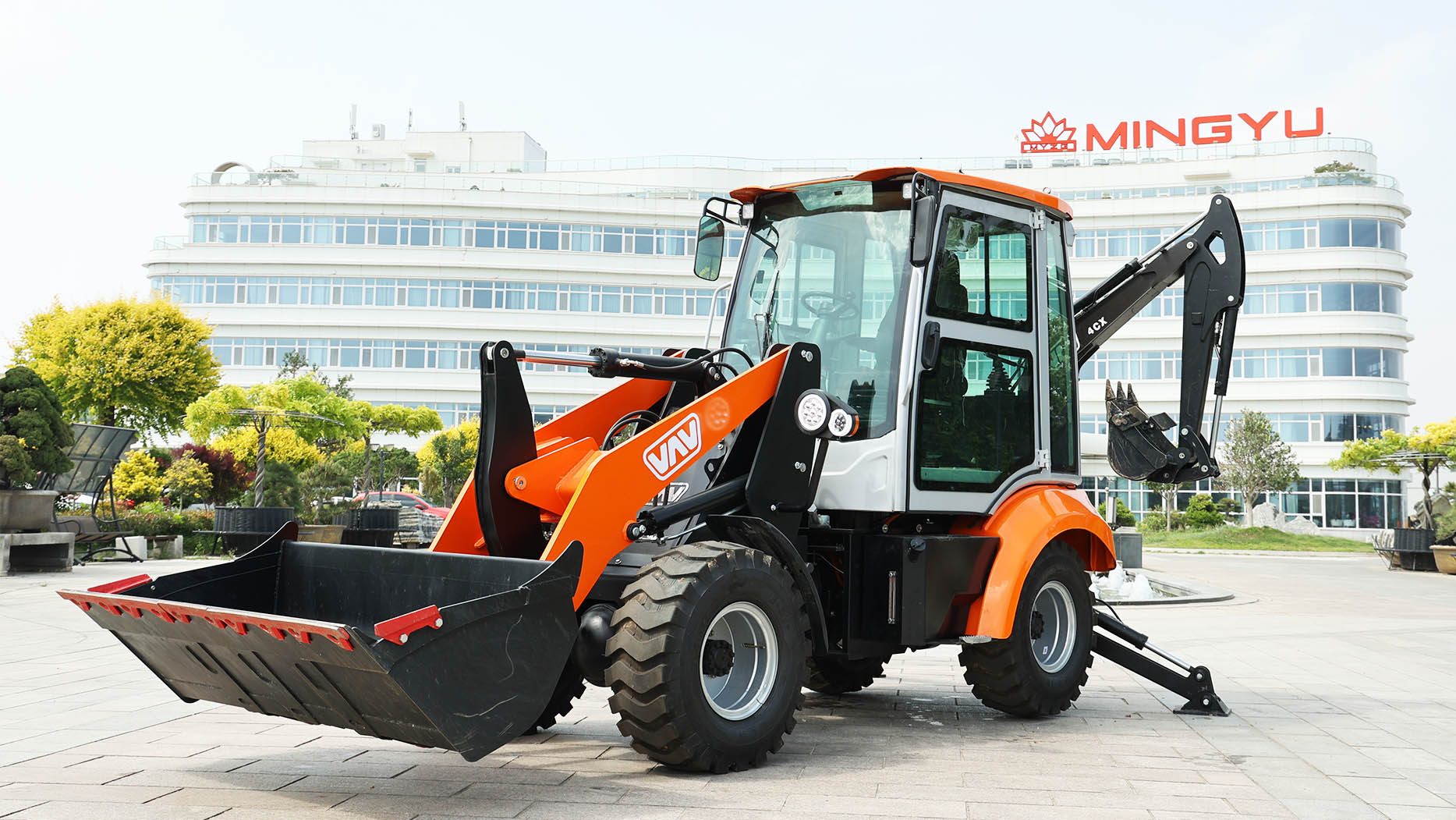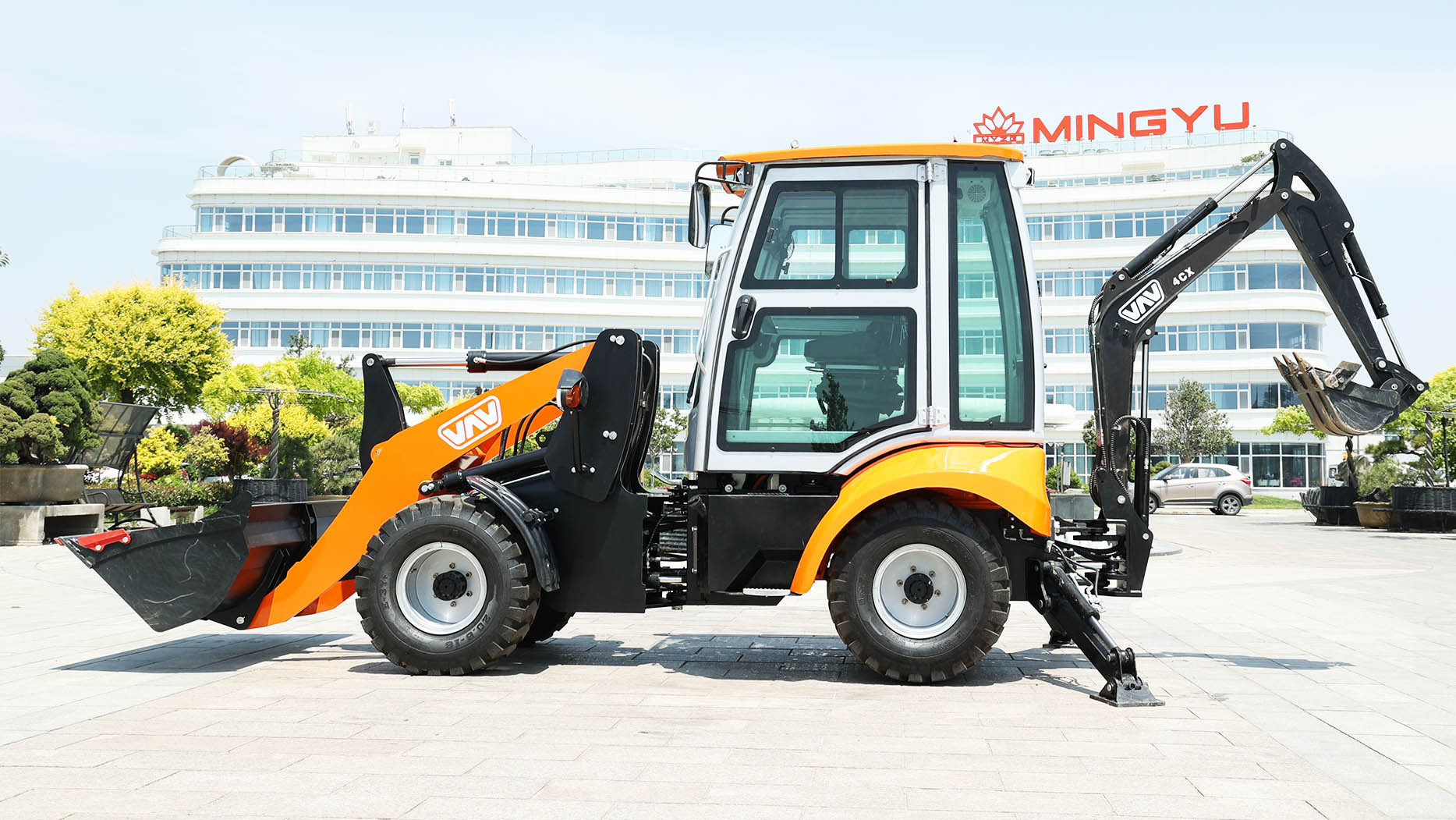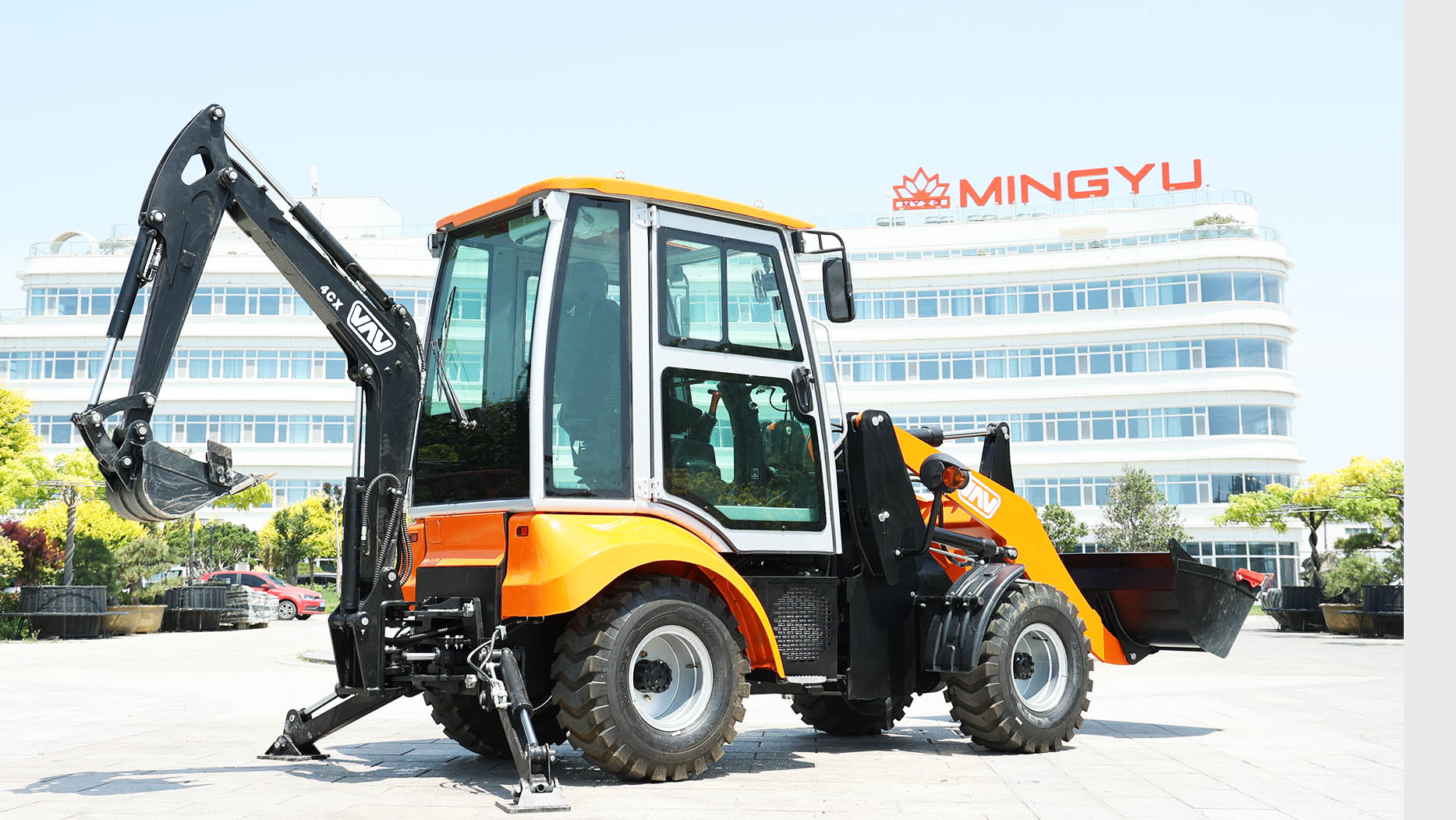The backhoe loader is a true chameleon of the job site, revered for its versatility and ability to perform both loading and digging tasks with a single machine. Its iconic design, with a front-end loader and a rear-mounted excavator-style backhoe, makes it indispensable for a wide range of tasks, from trenching and digging to grading and material handling. However, like any piece of heavy machinery that endures continuous, demanding work, backhoe loaders are susceptible to a variety of common problems. Understanding these issues is critical for owners and operators to implement proactive maintenance, minimize downtime, and ensure safety.
Whether you're operating a classic model or a modern machine from brands like MYZG or ZGLOADER, being aware of potential mechanical and operational failures is the first step toward a robust preventative maintenance program. From hydraulic system malfunctions to engine troubles and structural fatigue, these are the common problems that can sideline a backhoe loader and interrupt a project.

1. Hydraulic System Failures
The hydraulic system is the lifeblood of a backhoe loader, powering both the loader and the backhoe functions. It's also one of the most common sources of problems.
Hydraulic Leaks: This is perhaps the most frequent issue. Leaks can occur at hoses, seals, fittings, or cylinder rods. A persistent leak not only wastes expensive hydraulic fluid but also reduces system pressure, leading to sluggish or weak performance.
Contaminated Fluid: Dirt, water, or debris entering the hydraulic system can contaminate the fluid, causing premature wear on pumps, cylinders, and valves. This is often a result of improper fluid handling or a damaged reservoir cap.
Pump and Valve Issues: The hydraulic pump is under immense pressure. Over time, it can wear out, leading to a loss of pressure and power. Similarly, control valves can stick, fail to open/close properly, or develop internal leaks, causing a loss of function or "drift" in the loader arms or backhoe boom.
Overheating: Continuous, heavy-duty operation can cause hydraulic fluid to overheat, which can break down the fluid's properties and lead to seal damage and system failure. Poorly maintained coolers or low fluid levels are often the culprits.
Symptoms: Sluggish movements, weak lifting/digging force, backhoe arm drift, excessive noise from the hydraulic pump.
 2. Engine and Powertrain Problems
2. Engine and Powertrain Problems
The engine provides the power, and the powertrain delivers it. Issues in this area can bring the entire machine to a halt.
Overheating: A clogged radiator, a faulty thermostat, low coolant levels, or a damaged fan can cause the engine to overheat. This is a critical problem that can lead to severe engine damage if not addressed immediately.
Fuel System Issues: Common problems include clogged fuel filters, a faulty fuel pump, or contaminated fuel. A backhoe loader diesel engine requires clean fuel to run efficiently. Contaminants can damage injectors and lead to power loss or a complete shutdown.
Loss of Power: This can be a symptom of various issues, from a clogged air filter or fuel filter to a turbocharger failure or a problem with the fuel injection system.
Transmission Problems: Depending on the type of transmission, common issues can include shifting difficulties, slipping gears, or fluid leaks. A backhoe loader transmission is under a lot of stress, especially during loading and heavy travel.
Electrical System Failures: A dead battery, faulty alternator, starter motor issues, or corroded wiring can prevent the machine from starting or cause unexpected shutdowns.
 3. Structural and Component Wear
3. Structural and Component Wear
The constant forces of digging, lifting, and traveling take a toll on the physical structure of the backhoe loader.
Pin and Bushing Wear: The pivot points where the backhoe arm, loader arms, and various cylinders connect are held together by pins and bushings. Over time, these components wear down, leading to excessive play or "slop" in the linkages. This reduces precision and puts extra stress on the entire structure. Regular greasing is essential to prevent this.
Ground-Engaging Tool (GET) Wear: The cutting edge on the loader bucket and the teeth on the backhoe bucket are consumables. They wear down from use and must be replaced to maintain digging efficiency. Ignoring this leads to poor performance and puts additional strain on the machine.
Tire Damage: Backhoe loaders often operate in areas with sharp debris, which can cause punctures or tears in the tires. Uneven tire pressure and poor alignment can also lead to premature tire wear.
Cracks in the Frame or Arms: Constant stress and fatigue can cause cracks to develop in the frame, loader arms, or backhoe boom. These are serious structural failures that require immediate and professional welding or repair.
Stabilizer Leg Problems: The stabilizer legs, which provide stability during backhoe operation, can experience leaks in their hydraulic cylinders or wear in their pivot points.
4. Operator and Operational Problems
Sometimes the problem isn't the machine itself, but how it's used or maintained.
Neglected Daily Checks: Failing to perform daily pre-operation checks (fluid levels, tire pressure, visible leaks) is a common cause of minor issues escalating into major, costly failures.
Improper Operation: Using the machine for tasks beyond its rated capacity, overloading the buckets, or using aggressive operating techniques can accelerate wear and tear on all systems.
Lack of Preventative Maintenance: Adhering to the manufacturer's preventative maintenance schedule (e.g., fluid changes, filter replacements, lubrication) is the single most effective way to prevent the vast majority of problems. Skipping these services is a direct path to premature component failure.
Ignored Warning Signs: Operating a backhoe loader with a known issue, such as a fluid leak or a flickering warning light, is a major mistake that can lead to catastrophic failure.
The Importance of Brand and Maintenance
The quality of the brand plays a significant role in a backhoe loader's long-term reliability. Brands like MYZG and ZGLOADER are increasingly recognized for producing durable and reliable heavy equipment at competitive prices. They have focused on improving component quality, particularly in their hydraulic and engine systems, to minimize common problems. A well-built machine with accessible service points makes maintenance easier and more likely to be performed correctly.
For any backhoe loader, whether it's a new machine or a backhoe loader second hand for sale, a robust maintenance program is the single most important factor for its longevity. A well-documented maintenance history not only extends the machine's life but also significantly increases its resale value.
In conclusion, backhoe loaders are powerful, versatile tools, but their complexity and continuous heavy use make them prone to a range of common problems, primarily centered on their hydraulic systems, engine, and structural components. By being vigilant about daily checks, following a strict preventative maintenance schedule, and addressing issues as soon as they arise, owners and operators can keep these indispensable machines running reliably and safely for years to come.
Post time:Aug.07.2025
